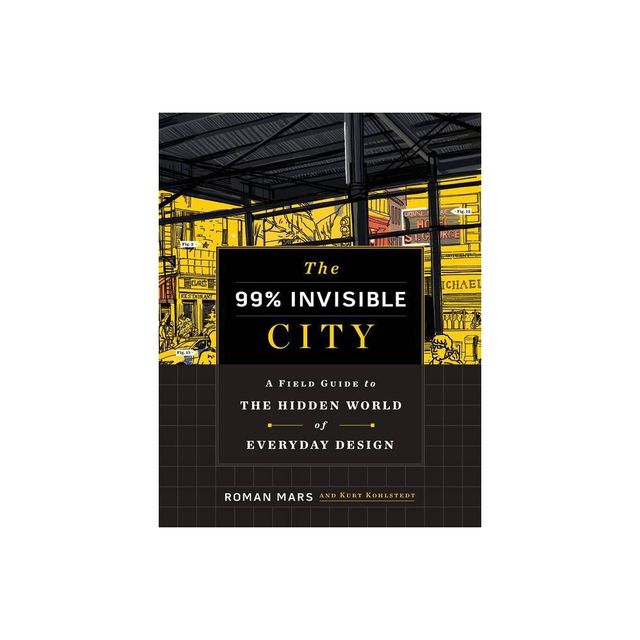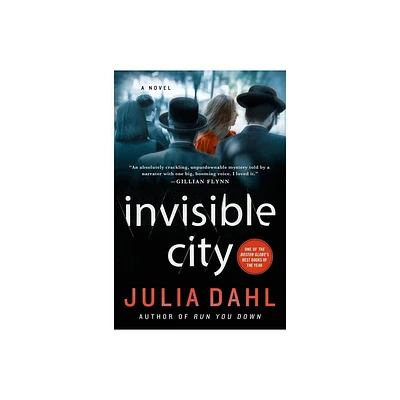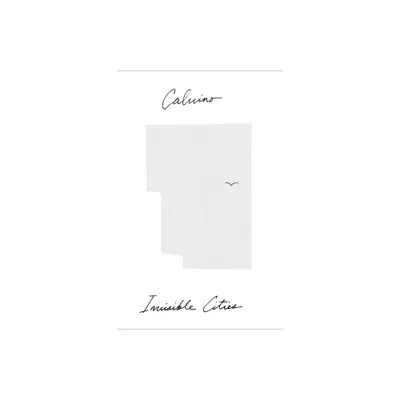Home
"Invisible Cities" and the Urban Imagination
Loading Inventory...
Barnes and Noble
"Invisible Cities" and the Urban Imagination
Current price: $169.99


Barnes and Noble
"Invisible Cities" and the Urban Imagination
Current price: $169.99
Loading Inventory...
Size: Hardcover
*Product Information may vary - to confirm product availability, pricing, and additional information please contact Barnes and Noble
In 1972, Italo Calvino published
Invisible Cities
, a literary book that masterfully combines philosophy and poetry, rigid structure and free play, theoretical insight and glittering prose. The text is an extended meditation on urban life, and it continues to resonate not only among literary scholars, but among social scientists, architects, and urban planners as well. To commemorate the 50
th
anniversary of
, this collection of essays serves as both an appreciation and a critical engagement. Drawing from a wide array of disciplinary perspectives and geographical contexts, this volume grapples with the theoretical, pedagogical, and political legacies of Calvino's work. Each chapter approaches
not only as
a novel but as a work of evocative ethnography, place-writing, and urban theory. Fifty years on, what can Calvino's dreamlike text offer to scholars and practitioners interested in actually existing urban life?
Invisible Cities
, a literary book that masterfully combines philosophy and poetry, rigid structure and free play, theoretical insight and glittering prose. The text is an extended meditation on urban life, and it continues to resonate not only among literary scholars, but among social scientists, architects, and urban planners as well. To commemorate the 50
th
anniversary of
, this collection of essays serves as both an appreciation and a critical engagement. Drawing from a wide array of disciplinary perspectives and geographical contexts, this volume grapples with the theoretical, pedagogical, and political legacies of Calvino's work. Each chapter approaches
not only as
a novel but as a work of evocative ethnography, place-writing, and urban theory. Fifty years on, what can Calvino's dreamlike text offer to scholars and practitioners interested in actually existing urban life?


















